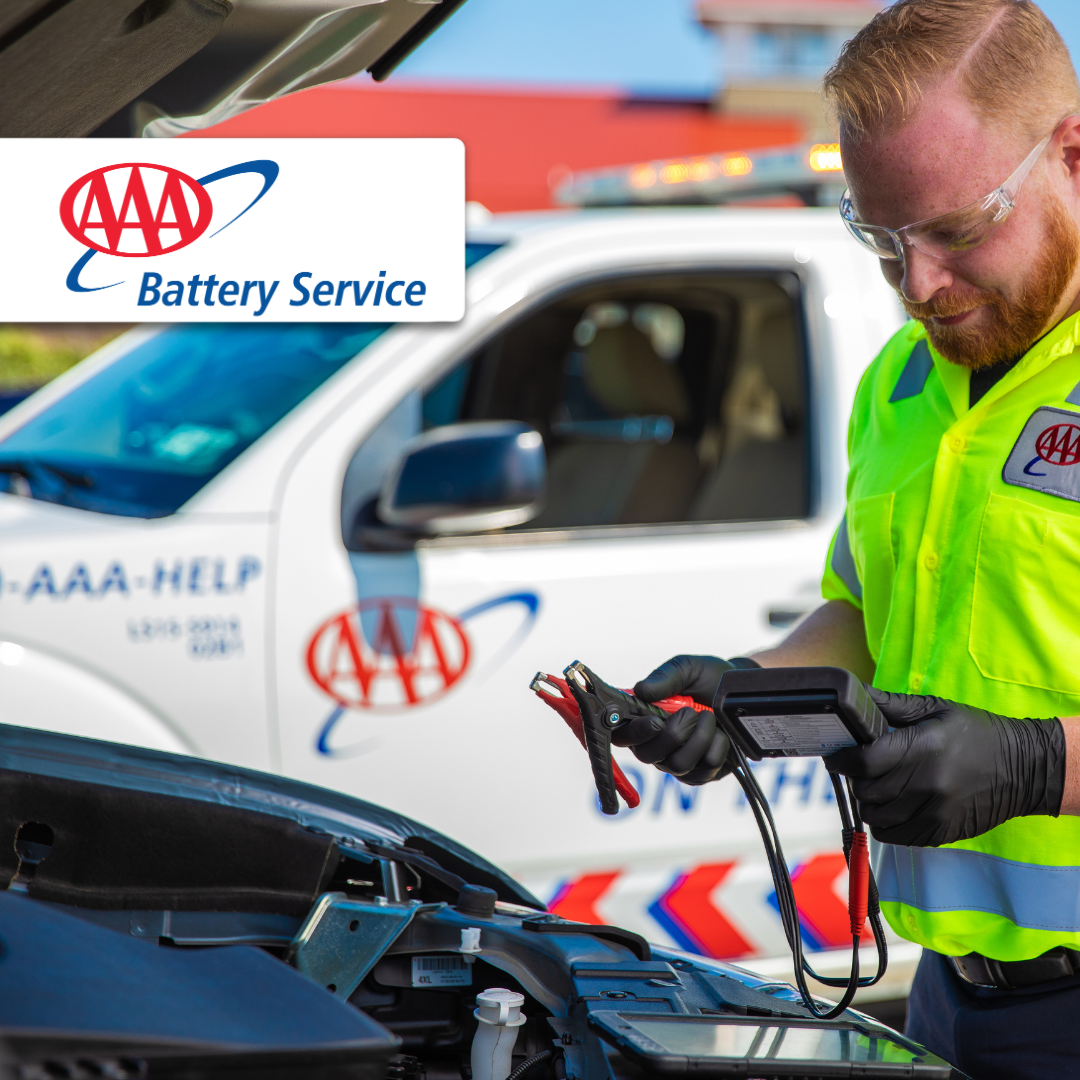We are excited to bring you insights into cutting-edge developments in the automotive industry. Get ready to delve into the world of satellite-requested road service, where technology meets convenience. Stay informed about the latest system updates in vehicles that enhance your driving experience. Discover essential tips on battery service and gain valuable spare tire information.

AAA Roadside Service Via Satellite
This service is available to all iPhone 15 & 14 users in the US, regardless of whether they are a AAA Member. Non-members will be responsible for payment upon completion of the service. For instructions on how to request service via satellite from your iPhone, click the button below.
Saving Time & Money: AAA Battery Service

1. On-the-Spot Assistance: With AAA’s Mobile Battery Service, a trained Battery Service Technician comes to you, wherever you are, to diagnose and resolve battery-related issues. Whether you’re at home, work, or stuck on the side of the road, help is just a phone call away.
2. Professional Expertise: AAA’s Battery Service Technicians are experienced professionals equipped with the knowledge and tools to assess, test, and replace batteries as needed. Their expertise ensures that you get back on the road quickly and safely.3. Time Savings: Calling AAA for a mobile battery service eliminates the need to wait for a tow truck or rely on the availability of a friend or family member to assist you. This translates to minimal downtime and the ability to continue with your plans without major disruptions.
3. Time Savings: Calling AAA for a mobile battery service eliminates the need to wait for a tow truck or rely on the availability of a friend or family member to assist you. This translates to minimal downtime and the ability to continue with your plans without major disruptions.
4. Cost-Effective: Opting for AAA’s Mobile Battery Service can save you money compared to traditional solutions. You’ll avoid potential towing fees and the inconvenience of having your vehicle towed to a repair shop. Plus, AAA offers competitive pricing on batteries and services.
5. Convenience: AAA’s Mobile Battery Service is available 24/7, meaning you can get assistance whenever you need it – even in the middle of the night or during holidays. This round-the-clock availability provides peace of mind and ensures you’re never stranded for long.






